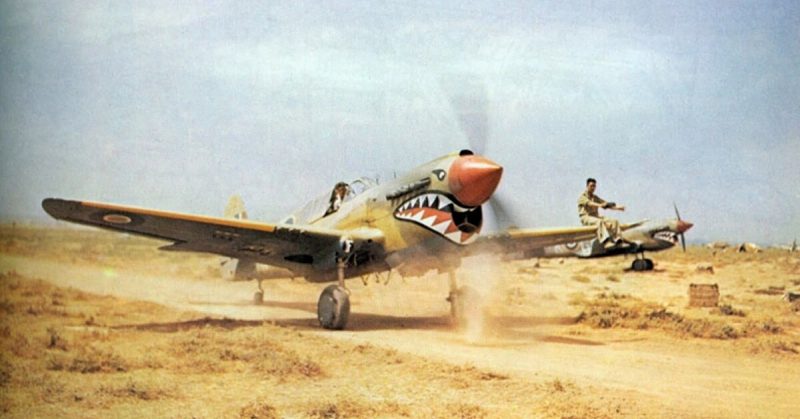A single-engine American aircraft, the Curtiss P-40 Warhawk is an all-metal single-seat ground attack aircraft and fighter that first took to the skies in 1938.
Most Allied powers used the plane during World War II where it remained on the frontline until the war’s end. The third most mass produced American fighter, 13,738 had been built when production ceased in November 1944.
The only two American fighter planes that were produced more were the P-51 and the P-47.
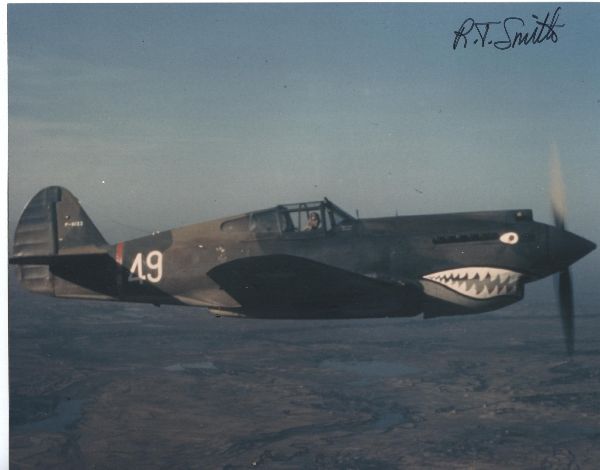
The Soviet air forces and British Commonwealth referred to models equal to the P-40B and P-40C as Tomahawk and the P-40D and later variants as Kittyhawk.
The P-40 was originally created as a pursuit aircraft that was agile at lower to mid altitudes but suffered a lack of power when climbing to higher altitudes.
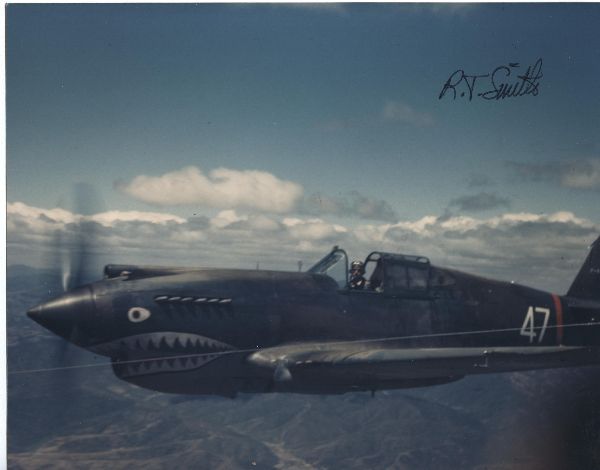
The engines that were used, Allison V-1710, produced about 1,040-hp at sea level and 14,000 feet, which was not at all powerful according to the standards of the time.
The early P-40s top speeds were just average, so the single-speed supercharger prevented the plane from competing with more contemporary designs as a plane for higher altitudes.
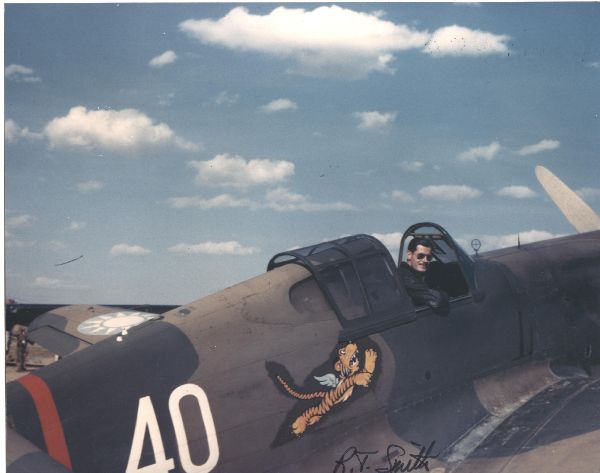
While the P-40Cs were armed with two .50 Browning AN/M2 dorsal-nosed mount machine guns that were synchronized and two .303 Browning machine guns in each wing, the P-40D didn’t have the synchronized gun mounts and just had two .50 in guns located in each wing.
The P-40s first entered combat with the British Commonwealth Desert Air Force squadrons during the North African and Middle Eastern campaigns during June of 1941.
From 1941-1944, the P-40 played an active and critical role with the Allied forces in China, Southwest Pacific, and North Africa.
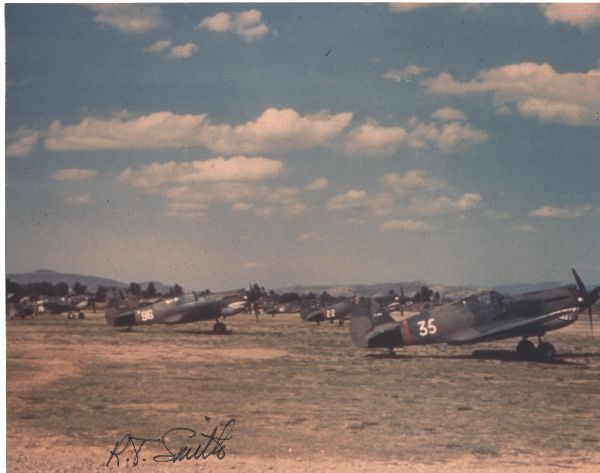
The No. 112 Squadron Royal Air Force was one of the first to fly Tomahawks in the North African theater. It was the first Allied military unit to have the logo featuring the shark mouth.
These planes held the majority of Regia Aeronautica and Luftwaffe fighter attacks during that campaign of the war.
The P-40 was generally considered equal to or even superior to the Bf 109 when flying at a low altitude, but it wasn’t as capable at higher altitudes.
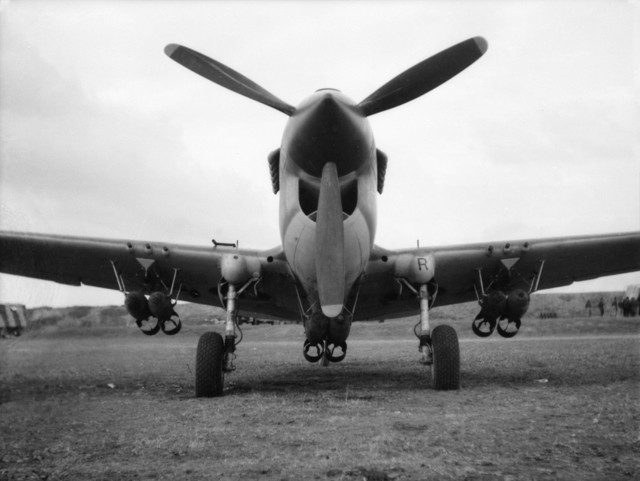
Known officially as the 1st American Volunteer Group (AVG), the Flying Tigers comprised a Chinese Air Force unit that was recruited from U.S. aviators.
They used the P-40B from late 1941 where they divided them into three pursuit squadrons. The first major battles in the Philippines and at Pearl Harbor resulted in USAAF squadrons of P-40s suffering crippling losses in the air and on the ground to Japanese fighter planes such as the A6M Zero and Ki-43 Oscar.
A handful of P-40s shot down several Japanese planes during the attack on Pearl Harbor.
Only 28 P-40s remain airworthy out of the 13,378 that were built. Three of them have been converted to dual controls and dual seat configurations.
About 13 of the planes are on display, and another 36 airframes are being restored for flight or display.
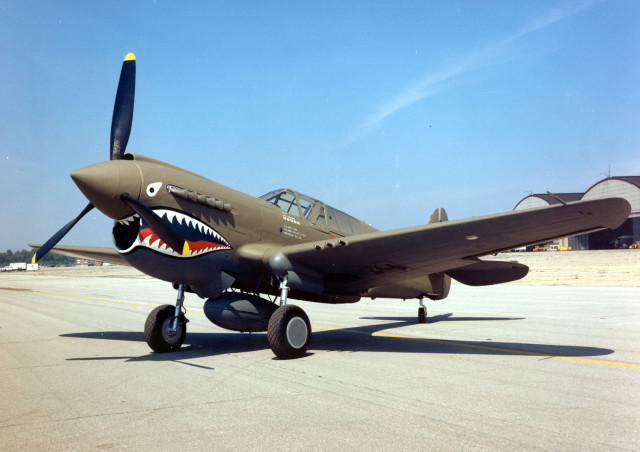
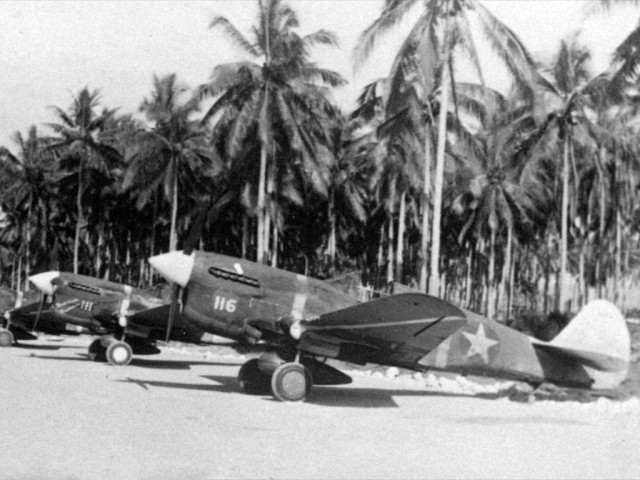
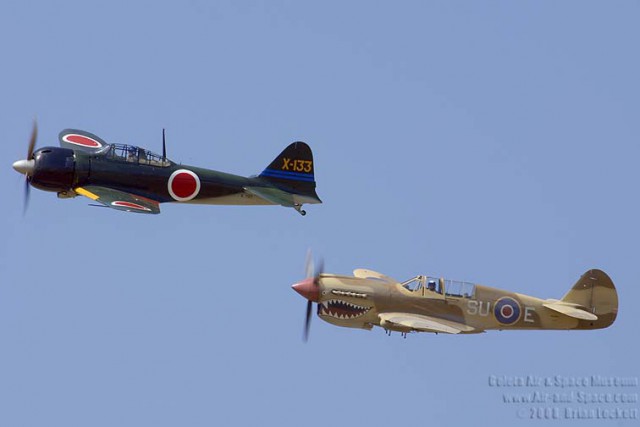
Video
Watch and listen to this P-40 Warhawk test fire its .50 cal machine guns, with blanks of course!
https://www.youtube.com/watch?v=Qmln5aChX0s
